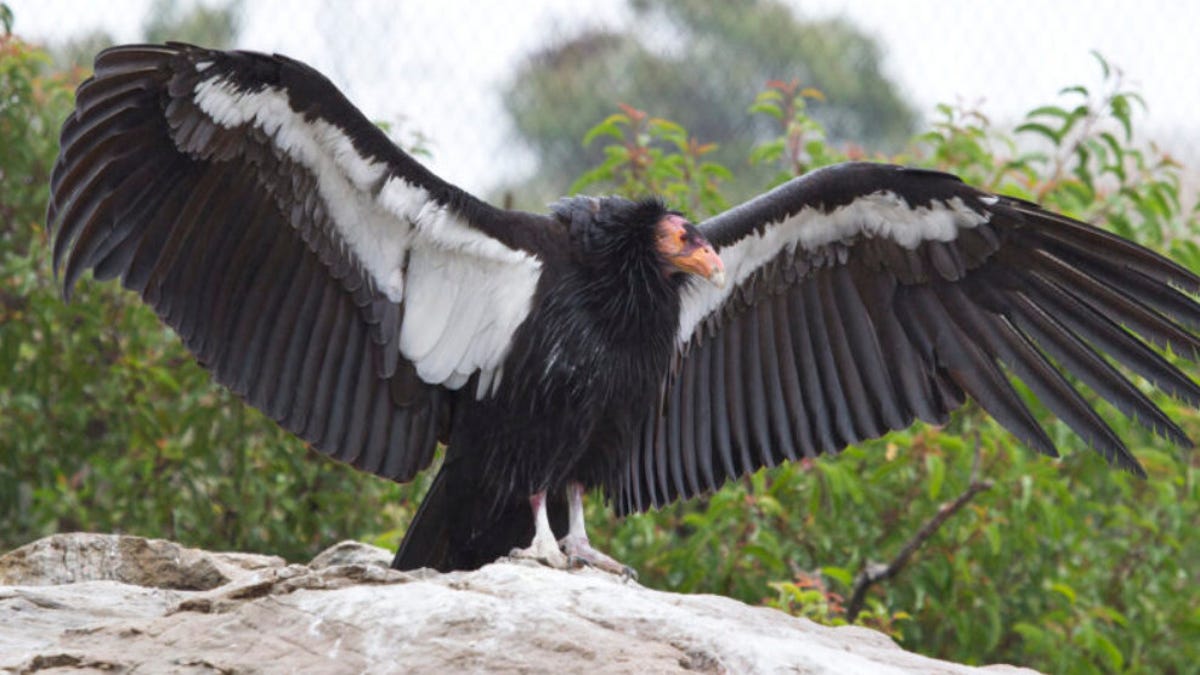Surprise discovery: California condors hatched chicks from unfertilized eggs
No condor-dudes required. These are the first documented instances of asexual reproduction in the endangered birds.
The California condor, a critically endangered bird, has apparently found an unusual way of making bird babies. Conservation scientists with the San Diego Zoo Wildlife Alliance made the surprising discovery that two condors in a breeding program hatched chicks from unfertilized eggs, meaning the babies didn't have fathers.
What's even more surprising is that the condor mothers lived with males. Parthenogenesis (asexual reproduction) is rare in birds and has been observed mainly in turkeys and chickens, among female birds with no access to mates.
The condor find came about during a routine analysis and was confirmed by genetic testing. The existence of only a small population of California condors means researchers have kept genetic tabs on the birds and were able to rule out the males as dads.
The San Diego Zoo Wildlife Alliance said the chicks represent the first two instances of asexual reproduction to be confirmed in the California condor species. The research team published its findings in the Journal of Heredity this week.
In a statement Thursday, study co-author Oliver Ryder called it "truly an amazing discovery. We were not exactly looking for evidence of parthenogenesis, it just hit us in the face."
One of the dad-less condor chicks died in 2003 at the age of 2 and the other died in 2017 at the age of 8. The mothers had successfully mated with and produced other chicks with their male companions.
The story of the California condor has been one of near tragedy. According to the US Fish and Wildlife Service, there were only 23 surviving birds in 1982. A captive-breeding program has brought the population back from the brink and the total population is now around 500, both captive and wild.
The chicks may not be alone. The researchers plan to look for other examples of parthenogenesis in condors, and the discovery has implications for other birds as well. "These findings now raise questions about whether this might occur undetected in other species," Ryder said.


